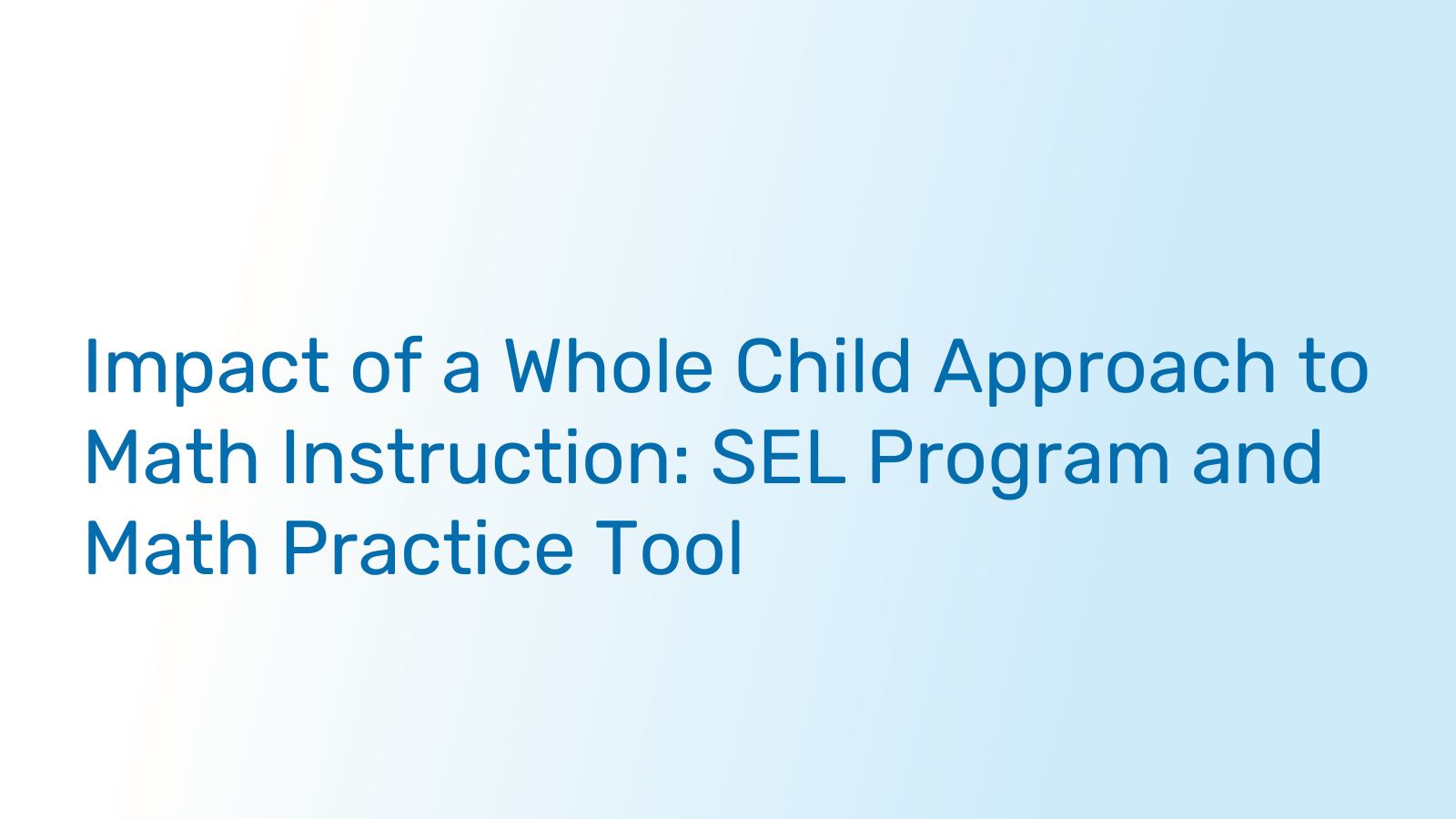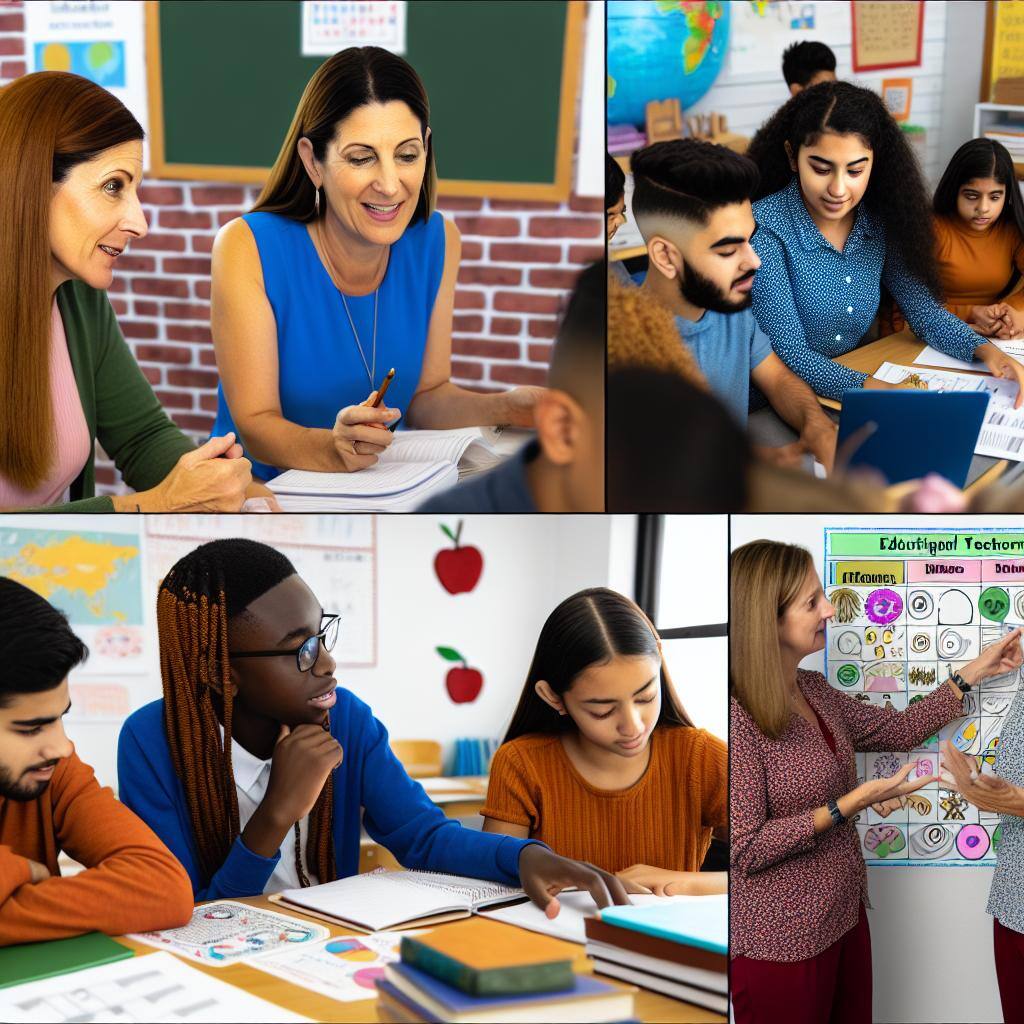Why We Need To Invest In Teachers
The Trump administration has proposed $2.4 billion in FY2018 cuts to one of the most important levers for improving the quality of education in the U.S.: professional development. The reason? “Funding is poorly targeted and supports practices that are not evidence-based.” (Politico)
Although professional development (PD) has often been portrayed as ineffective, there is increasing evidence that certain types of PD do result in improvements in teacher practice. At PowerMyLearning, PD is one of the key levers we use to help partner schools in high-poverty communities realize the power of the Personalized Learning Triangle (below). We provide teachers with the support they need to team up with families and meet the needs of all their students. The payoff can make a big difference in terms of student academic success.
I sat down with PowerMyLearning’s Director of Professional Learning Sue Lyons to discuss how our approach to PD deviates from the norm.
Elisabeth: What do you think about the statement that typical PD is ineffective?
Sue: The Trump administration is not the first to think PD is ineffective. I recently read that when Arne Duncan, former U.S. Secretary of Education, asked teachers whether PD was improving their job, their response was either to laugh or cry. They were not “feeling it.” (U.S. News article)
In contrast, a study by McKinsey & Co. analyzing what the world’s best schools were doing right found that “developing teachers into effective instructors” was one of the top three things that mattered most. This study found that there were four approaches that high-performing school systems used to develop teachers, half of which were related directly to in-service teacher PD: (1) placing coaches in schools to support teachers; and (2) enabling teachers to learn from each other.
The reason I think most teachers in the U.S. are not feeling the benefits of PD is because the vast majority of PD is one-and-done workshops or classes. As a country, we need to move to the type of PD McKinsey describes in their study and this is what we’re doing at PowerMyLearning.
At PowerMyLearning, the PD we offer leverages coaching and professional learning communities (PLCs) where teachers can learn from each other. Our PD is job-embedded and happens in between collaborative coaching sessions. We also provide teachers with PD Playlists, which offer just-in-time, on-demand PD. Teachers can learn new concepts on their own time and work on applying them together with their coach. Finally, to enhance this culture of collaboration, we ask local coaches and teachers to participate in PLCs to enhance the learning knowledge and practices of coaches and teachers.
Elisabeth: At PowerMyLearning, 84% of coached teachers say our support was among the most valuable of their careers. Why do you think teachers are responding so positively?
Sue: At PowerMyLearning, we personalize PD and we approach it as a collaborative, collegial effort. We are there not to judge or to evaluate. We are there to support the teacher in accomplishing their own goals.
In the current climate, I think teachers are more afraid of being negatively evaluated than they are proud of what they’ve learned. What our coaching does is helps teachers discover where they can use support and it provides that safe place to grow and learn. At the end of the year, teachers feel proud of what they’ve accomplished as opposed to fearful of what they don’t know.
Elisabeth: Can you walk me through what PowerMyLearning’s PD looks like?
Sue: We start with a teacher self-assessment tool aligned with our instructional framework that allows teachers to reflect and report their current levels of understanding with personalized learning. Using that information as a starting point, coaches start working with the teacher to develop goals that strengthen where the teacher is already strong and offer support where the teacher could use some extra help. In many cases, teachers focus first on classroom environment, which you wrote about in your Stock Report last month. Then teachers will work with us on data-driven instruction, supporting student agency, and the family/home connection. The order of this work depends completely on the teacher and what she or he would like to pursue first.
Throughout all of this work, we offer a safe environment for teachers to collaborate, learn, and discover. We also instill agency in the teacher as a learner–just like teachers instill agency in their students.
By the end of the year, teachers retake that self-assessment and report deep comfort levels with personalized learning. In fact, 95% of teachers in our partner schools experience growth in practices that support personalized instruction and student-driven learning.
In some instances, teachers are hesitant to try personalized learning approaches. We often have to solidify a teacher’s understanding of what agency means, what personalized learning means, before the lightbulb goes on. Once teachers understand what we’re trying to do, they start to realize that this is the teaching they have always wanted to do and this is the learning they have always wanted to see–they just didn’t know how to do it.
Elisabeth: Thank you, Sue, for speaking with me today about effective PD.
What do you think makes PD effective and worth investing in?
This article originally appeared in PowerMyLearning’s April 2017 Newsletter. Learn more about PowerMyLearning by visiting our website and follow us on Facebook andTwitter.


